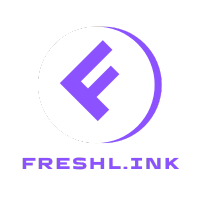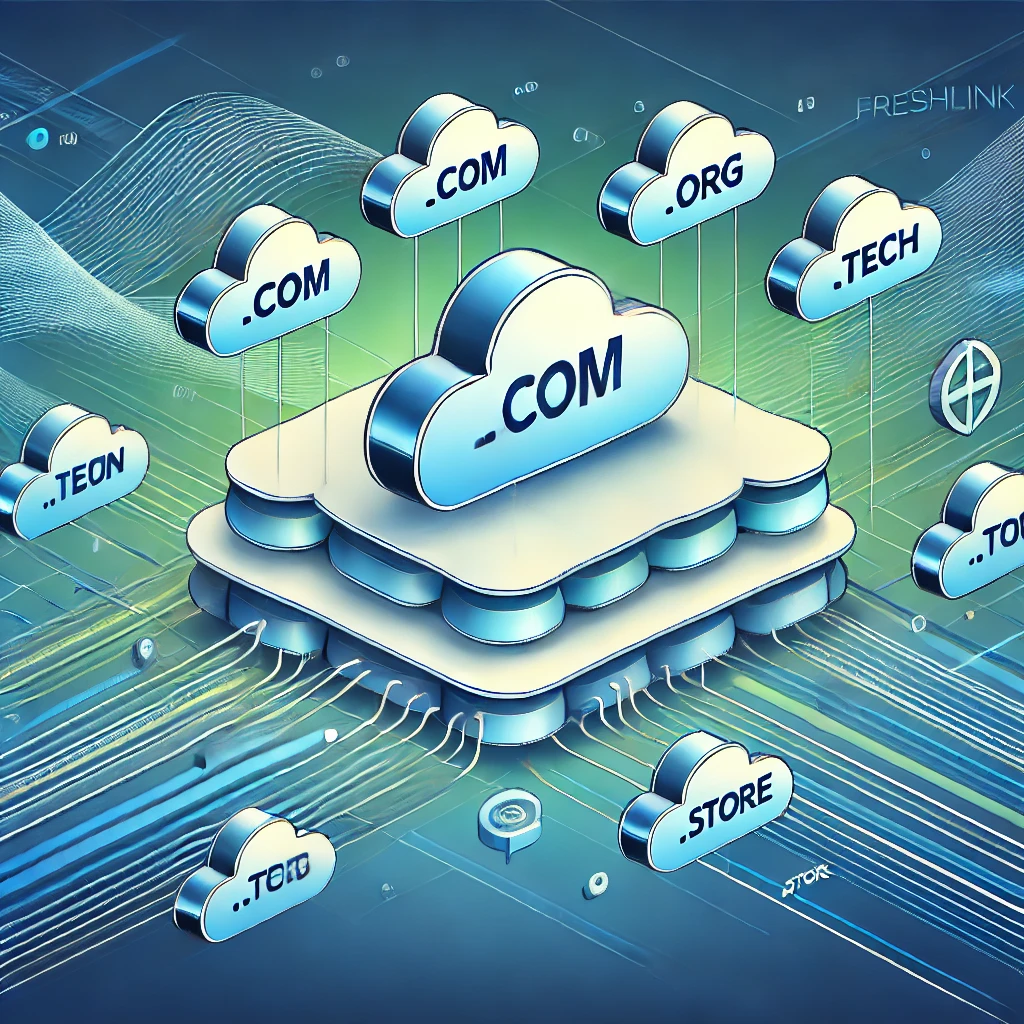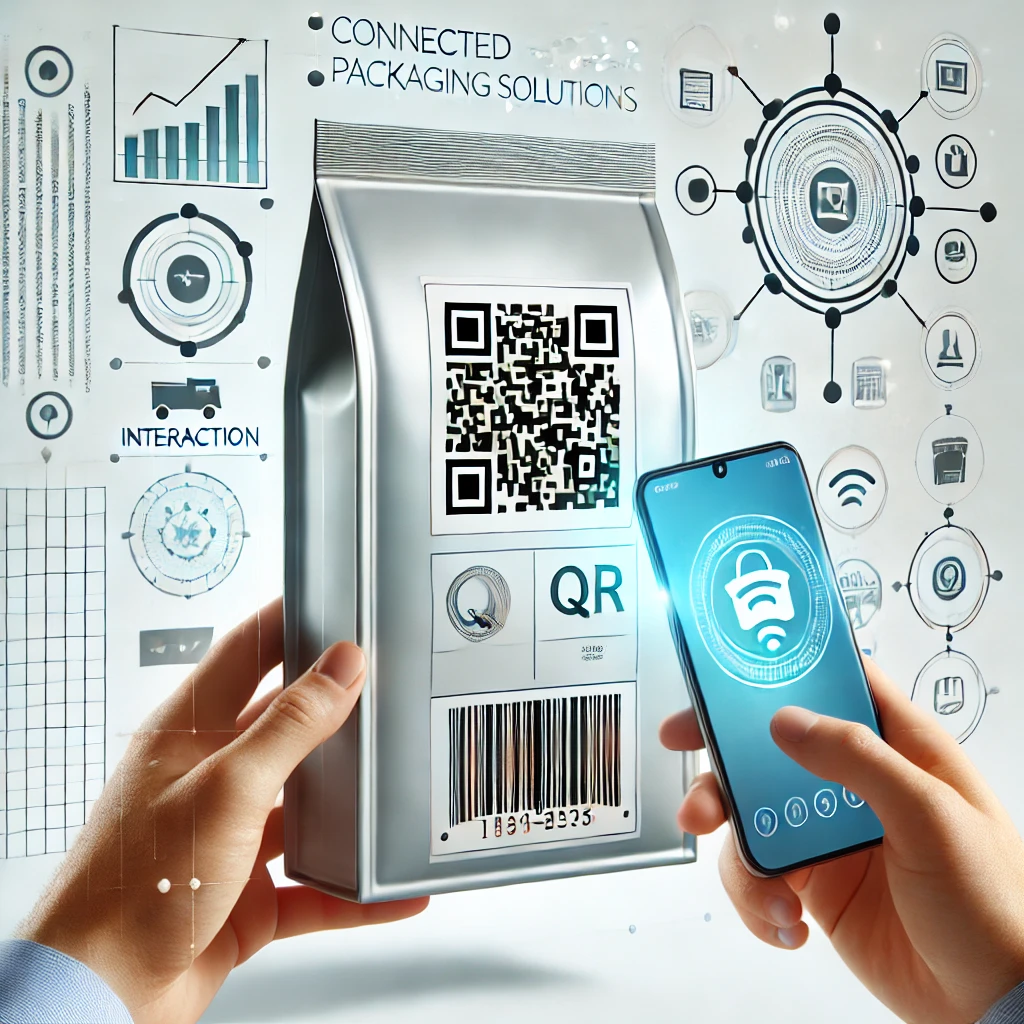Branding
How QR Codes are Revolutionizing Supply Chain Management

The supply chain is the backbone of any business that deals with goods and services, and its efficiency directly impacts a company's bottom line. With the increasing complexity of global trade, businesses are constantly seeking ways to optimize their supply chain operations. One of the most innovative solutions to emerge in recent years is the use of QR codes. These simple, yet powerful, tools have the potential to transform supply chain management by enhancing visibility, improving accuracy, and reducing costs.
In this article, we will explore how QR codes can be leveraged in supply chain management to create a more efficient and transparent process.
What Are QR Codes in Supply Chain Management?
QR codes, or Quick Response codes, are two-dimensional barcodes that can store a variety of information, such as URLs, text, or numeric data. In supply chain management, QR codes are used to track products, manage inventory, and monitor shipments. When scanned by a smartphone or specialized scanner, the QR code provides instant access to the stored information, allowing businesses to streamline various supply chain processes.
QR codes are particularly valuable because they can hold more data than traditional barcodes and can be scanned from different angles. This makes them ideal for complex supply chain environments where speed and accuracy are critical.
Benefits of Using QR Codes in Supply Chain Management
Enhanced Visibility: QR codes enable real-time tracking of products throughout the supply chain. From the moment a product leaves the manufacturer to the time it reaches the end customer, every movement can be recorded and monitored. This level of visibility helps businesses identify bottlenecks, optimize routes, and ensure timely deliveries.
Improved Accuracy: Human errors in data entry can lead to costly mistakes in the supply chain. By using QR codes, businesses can automate the data capture process, reducing the risk of errors and ensuring that accurate information is available at all times.
Cost Savings: Implementing QR codes in the supply chain can lead to significant cost savings. By automating manual processes, reducing errors, and improving inventory management, businesses can lower operational costs and increase profitability.
Streamlined Inventory Management: QR codes can be used to monitor inventory levels in real-time. When products are scanned at different stages of the supply chain, the inventory database is automatically updated. This helps businesses maintain optimal stock levels, reduce waste, and avoid stockouts.
Enhanced Security: QR codes can be used to authenticate products and prevent counterfeiting. By embedding unique identifiers within the QR codes, businesses can ensure that only genuine products make it to the market.
Sustainability: QR codes can help businesses reduce their environmental impact by eliminating the need for paper-based tracking systems. By digitizing supply chain processes, companies can minimize waste and contribute to a more sustainable future.
Applications of QR Codes in Supply Chain Management
Tracking Shipments: QR codes can be applied to shipping labels to track the movement of goods from the manufacturer to the end customer. By scanning the code, logistics teams can access real-time information about the shipment's location, status, and estimated delivery time.
Warehouse Management: In warehouses, QR codes can be used to manage inventory, track incoming and outgoing shipments, and optimize storage space. By scanning QR codes on products, warehouse staff can quickly locate items and ensure that the correct products are being shipped.
Quality Control: QR codes can be used to record quality control checks at different stages of the supply chain. By scanning the QR code, quality control teams can access information about the product's manufacturing date, batch number, and inspection results.
Product Authentication: In industries where counterfeiting is a concern, QR codes can be used to verify the authenticity of products. Customers and retailers can scan the QR code to ensure that the product is genuine and has not been tampered with.
Supplier Collaboration: QR codes can facilitate better communication and collaboration between suppliers and manufacturers. By scanning the QR code on a product, suppliers can access important information about the product's specifications, delivery schedule, and order details.
Challenges and Considerations
While QR codes offer numerous benefits in supply chain management, there are some challenges to consider:
Implementation Costs: Although QR codes are relatively inexpensive to create, implementing them across a large supply chain can involve upfront costs for equipment, software, and training.
Data Security: QR codes can be vulnerable to hacking if not properly secured. Businesses must ensure that their QR code systems are protected with encryption and other security measures to prevent unauthorized access.
Technology Adoption: For QR codes to be effective, all stakeholders in the supply chain must adopt the technology. This may require training and education to ensure that everyone is familiar with how to use QR codes.
Maintenance: QR codes can become damaged or unreadable over time, especially in harsh environments. Businesses must have processes in place to replace or repair damaged QR codes to avoid disruptions in the supply chain.
How Freshlink's QR Code Solutions Enhance Supply Chain Management
Freshlink offers a range of QR code solutions designed specifically for supply chain management. Our platform allows businesses to create, manage, and track QR codes with ease, providing a seamless experience from start to finish. Here's how Freshlink can help:
Customizable QR Codes: Freshlink's QR code generator allows businesses to customize their codes with specific information, such as product details, batch numbers, and shipment tracking data.
Real-Time Tracking: With Freshlink, businesses can monitor their products in real-time, ensuring that they are always aware of their location and status within the supply chain.
Integration with Existing Systems: Freshlink's QR code solutions can be integrated with your existing supply chain management systems, providing a smooth transition and minimizing disruptions.
Advanced Security Features: Freshlink's platform includes encryption and other security measures to protect your QR codes from unauthorized access and tampering.
User-Friendly Interface: Freshlink's platform is designed with ease of use in mind, making it simple for businesses to create and manage QR codes without technical expertise.
The Future of QR Codes in Supply Chain Management
As businesses continue to adopt digital technologies, the role of QR codes in supply chain management is expected to grow. With advancements in QR code technology, such as the ability to store more data and integrate with IoT devices, the possibilities are endless. Businesses that embrace QR codes now will be better positioned to meet the challenges of the future and stay ahead of the competition.
The Fresh Rundown
QR codes are revolutionizing supply chain management by providing businesses with greater visibility, accuracy, and efficiency. By implementing QR codes, businesses can streamline their operations, reduce costs, and enhance customer satisfaction. Freshlink's QR code solutions offer a comprehensive and user-friendly platform to help businesses harness the power of QR codes in their supply chain. Whether you're tracking shipments, managing inventory, or ensuring product authenticity, Freshlink has the tools you need to succeed.
Keep reading
More posts from our blog



